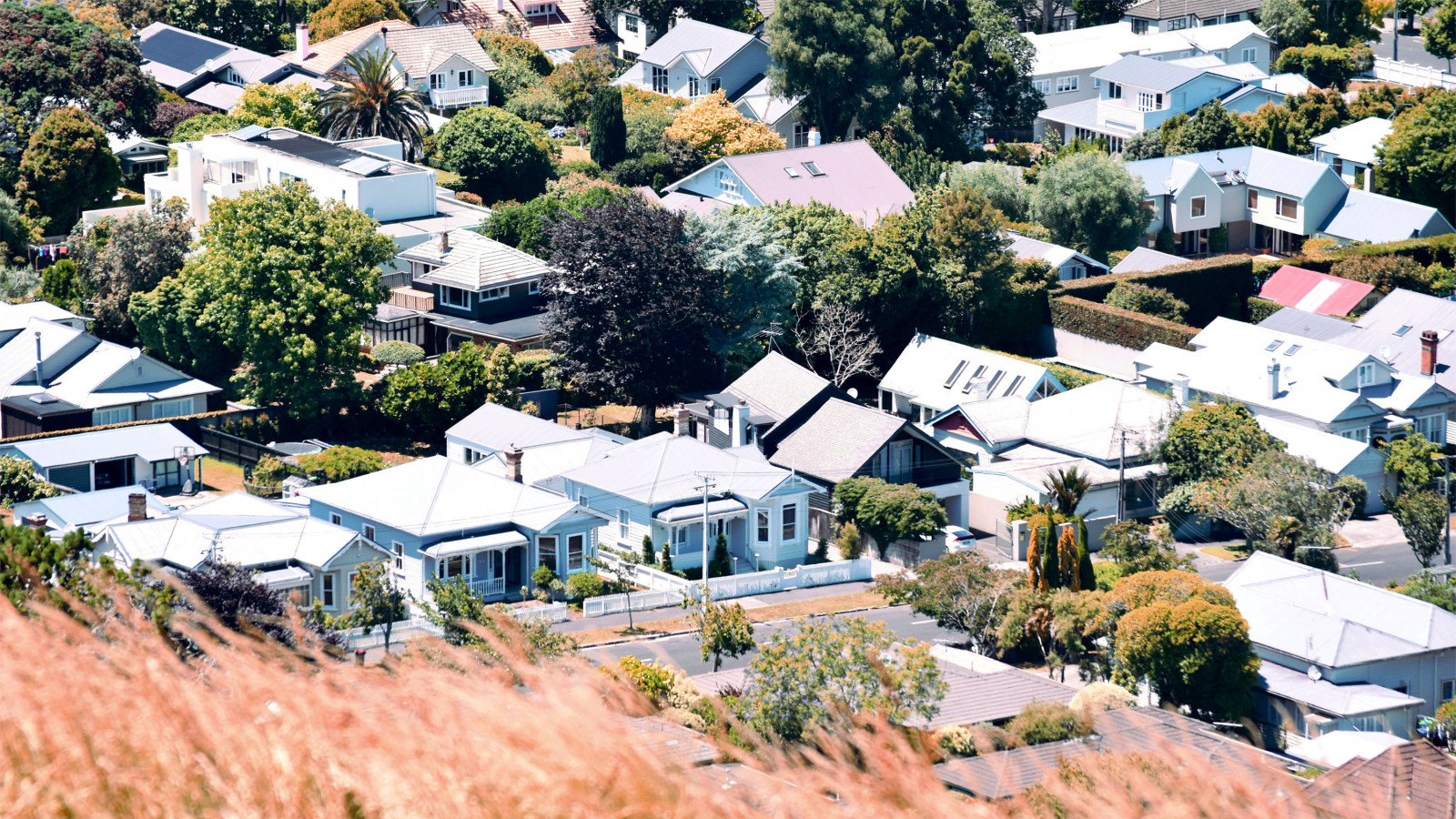The wave of middle-class British settlers to Aotearoa after 1840 were looking for a rural land that was uncluttered and would have no need for dense urban housing. Coming fresh from the densely packed metropolises of London, Liverpool, Newcastle, Manchester and Glasgow, where filth and pestilence crowded the streets and packed out the buildings, or from over-crowded small-holdings scratching a living at the edge of grand estates, New Zealand was seen as a green idyll away from all the old ways.
Quarter acre housing here was common place and houses were not joined by a common wall. Apartment flats were seen as abhorrent and abnormal. For decades in Auckland there were only a handful of apartment buildings — The Mayfair in Parnell, Courtville and Old Courtville in Anzac Crescent, and a handful of others elsewhere. A similar story played out in Wellington and Christchurch, where suburban settlement meant individual houses only.
“By 1900 the villa with as many decorative features as the buyer could afford had become the standard suburban house. Site design was regularised to a frontage of 15m - 18m and a depth of 40m – 60m…. In most instances, the standard 18 metre section frontage has made vehicular access to rear gardens possible… The 1000m² site area provides space for workshops and sheds for garden equipment, and serves as a base from which maintenance and alteration work can be carried out.” (Turner, 2010, p180).
New Zealand cities, especially Auckland, have traditionally been very low density and for many years Auckland was argued to be the least densely populated city on planet Earth. While probably a little stretching of the truth, Auckland’s sprawl meant that roads became crowded and blocked as people tried to get from one place to another. The implementation of motorway systems in Auckland and Wellington without the concurrent construction of high-speed public transit train systems has made the congestion even worse. The answer cannot always be to build more roads.
Wellington was always constrained by topography, hemmed in between harbour and hillsides, with a resulting small size of many houses that persists today. Auckland’s outlying suburbs are/were full of state housing with (in many cases) a single house sitting on a quarter acre section. Building more houses over our most productive land for food, as is already happening in the green fields of Pukekohe, is unwise. It is within New Zealand’s best interests for Auckland to stay within its city boundaries and densify. Sprawl must stop.
But despite the mainstream media making out that our housing is a problem unique to New Zealand, it is actually a world-wide phenomenon. Housing crises exist all over the world, on every continent, tied up together with global warming, climate change, excess liquidity and rapidly growing inequality. And the answers everywhere are the same. Consume less. Travel less. Live in smaller dwellings. Recycle. Densify.
In Toronto, they note: “If we wish to reduce our carbon footprint, then the single most powerful tool at our disposal is middle-density intensification in established, walkable neighbourhoods.” (Bozikovic et al, 2019. House Divided. p229)
Medium by Guy Marriage is a new guide to designing better medium density housing in New Zealand. Launching in May 2022, the book offers best-practice guidance, along with case studies of local and international projects.




























 Most Popular
Most Popular Popular Products
Popular Products


